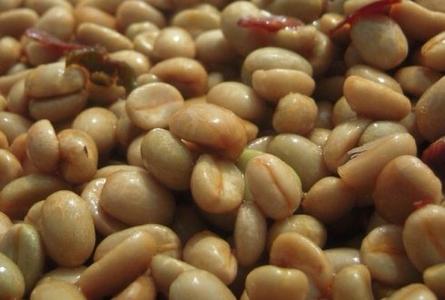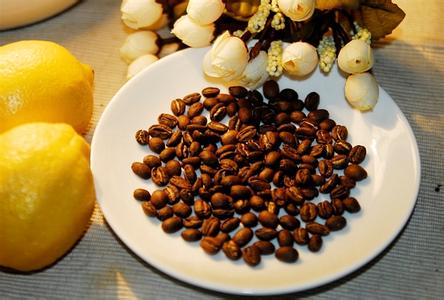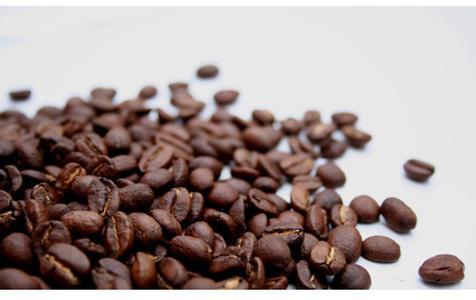Costa Rican Tarazhu coffee beans with an annual output of only 160000 pounds
Costa Rican Tarazhu coffee beans with an annual output of only 160000 pounds
Palate: bright and varied soft fruit acids, such as oranges, berries, raspberries, etc., which softens and brings sweetness on the palate, with a rich caramel-like Body. In the middle, there are sweet hazelnuts, sweet spices, fudge, stiff flowers and cool flowers in the nose, melons, almonds, sweet limes, sun-dried fruits, roasted nuts and chocolate, full overall flavor, long-lasting and changeable finish, especially the sweetness of spices.
Costa Rican coffee is mostly washed, and honey-treated beans are not common. Honey treatment in Xiaoxu store inherits the balanced taste of Costa Rican coffee and brings more surprises in terms of mellowness and richness. Costa Rican coffee has a unique aroma, similar to the scent of flowers and a faint aroma of fruit, but it does not feel turbid, but it is fresh and rich, as if it can infiltrate the whole body through the skin.
The flavor of Costa Rica has always been steady, without the sharpness of Guatemala, it is quite mild and supple, sour, sweet and bitter chocolate, inclusive and well-balanced, is the classic flavor of gourmet coffee. The seven major coffee producing areas are as follows: Durieba Valley (northeast of the capital San Jose), Central Valley (northwest of San Jose), Western Valley (west of the capital), Sanhe District (east side of the capital), Blanca (southeast of the capital), Orosi (north of the capital), Tarazu (south of the capital). Among them, the Central Valley, Tarazhu and Sanhe producing areas are the most famous. In principle, the quality of coffee sloping towards the Pacific is better than that facing the Atlantic. In the 2007 Costa Rica Cup Test Competition, the champion farm Serobado was located in the Tarazu producing area south of San Jose, but the Central Valley also performed well, with two to four from the city of Naranhe. Sanhe District seems to have been left out.

Important Notice :
前街咖啡 FrontStreet Coffee has moved to new addredd:
FrontStreet Coffee Address: 315,Donghua East Road,GuangZhou
Tel:020 38364473
- Prev

Introduction to the unique floral fragrance of Ethiopian Yega Xuefei Adoto Coffee treatment
Roasting has a particularly important effect on the taste and flavor of boutique coffee. Brown beans are loved because of the aroma and taste formed by chemical reactions at high temperatures. Raw coffee beans in the roaster, after drying, high temperature decomposition, cooling, in the two endothermic exothermic explosion occurs, resulting in flower and fruit aroma, rich taste Yega Xuefei is actually made by the surrounding coffee
- Next

Introduction to the characteristics of Iron pickup Coffee beans, description of planting Environment and Flavor
The characteristics of iron pickup coffee beans planting environment flavor description taste introduction planting area is mainly distributed in Lincang, Baoshan, Simao, Xishuangbanna, Dehong and other states. The average temperature of Baoshan is 21.5℃, and the highest is 40.4℃, which is basically frost-free all the year round. It is recognized as the best producing area of small-grain coffee. The small grains of coffee cultivated here are strong but not bitter, fragrant but not strong, well-proportioned and mellow.
Related
- Detailed explanation of Jadeite planting Land in Panamanian Jadeite Manor introduction to the grading system of Jadeite competitive bidding, Red bid, Green bid and Rose Summer
- Story of Coffee planting in Brenka region of Costa Rica Stonehenge Manor anaerobic heavy honey treatment of flavor mouth
- What's on the barrel of Blue Mountain Coffee beans?
- Can American coffee also pull flowers? How to use hot American style to pull out a good-looking pattern?
- Can you make a cold extract with coffee beans? What is the right proportion for cold-extracted coffee formula?
- Indonesian PWN Gold Mandrine Coffee Origin Features Flavor How to Chong? Mandolin coffee is American.
- A brief introduction to the flavor characteristics of Brazilian yellow bourbon coffee beans
- What is the effect of different water quality on the flavor of cold-extracted coffee? What kind of water is best for brewing coffee?
- Why do you think of Rose Summer whenever you mention Panamanian coffee?
- Introduction to the characteristics of authentic blue mountain coffee bean producing areas? What is the CIB Coffee Authority in Jamaica?

